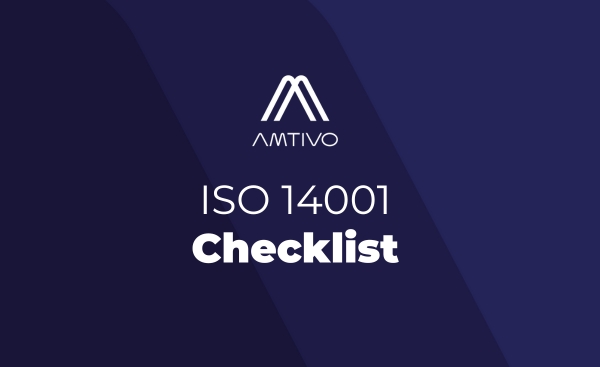The path to ISO 14001 certification involves several stages, each with its own costs.
Preparation Stage
Begin by familiarizing yourself with the ISO 14001 standard and understanding its requirements.
Conduct a gap analysis to compare your current environmental practices with the standard and identify areas for improvement. Use these insights to create a detailed project plan outlining timelines, responsibilities, and resources.
Implement training programs to equip your team with the necessary skills and foster a culture of environmental responsibility. Training may incur extra costs, so consider using your internal learning and development budget.
Documentation Review and Internal Audit (Stage 1)
This stage often requires the most time and resources.
Update your documentation to align with ISO 14001 requirements, covering EMS scope, objectives, resources, responsibilities, and risk assessments. Conduct an internal audit to identify non-compliance issues or improvement areas.
Hiring a consultant for an unbiased review could be helpful if internal expertise is lacking, though it will add to costs. Additional expenses may include tools needed to implement changes.
Certification Audit (Stage 2)
An accredited certification body performs this final stage.
An auditor will thoroughly check your EMS against ISO 14001 standards. If all requirements are met, your organization will be certified.
Costs at this stage may include certification logos and branding fees, which vary by certification body.
Download our free ISO 14001 Checklist.












